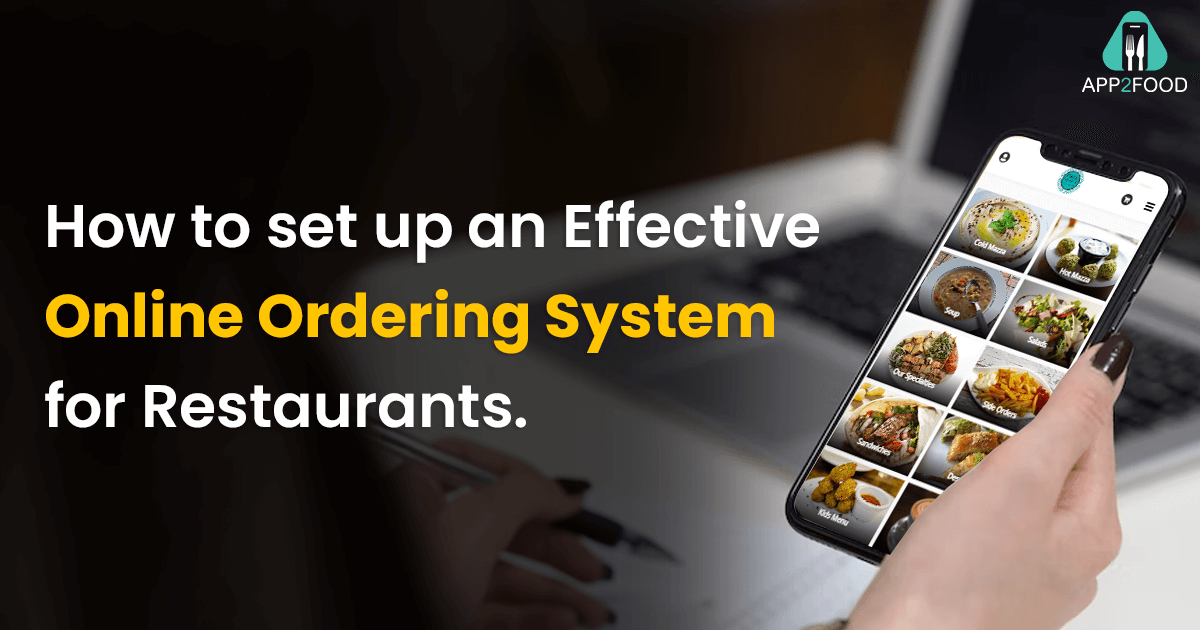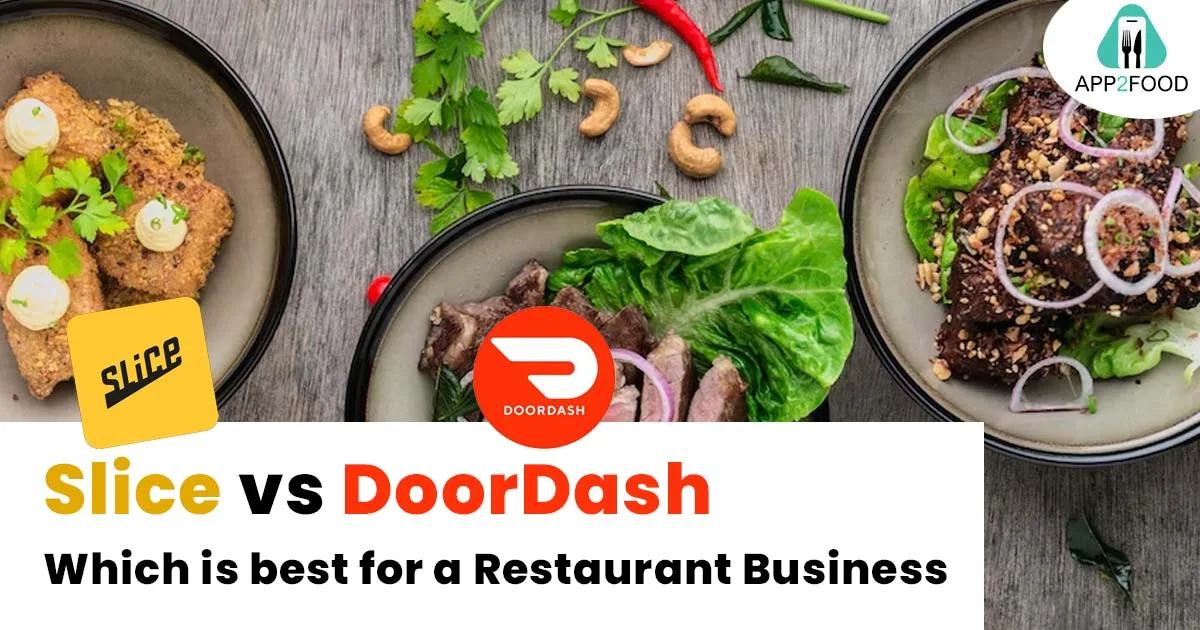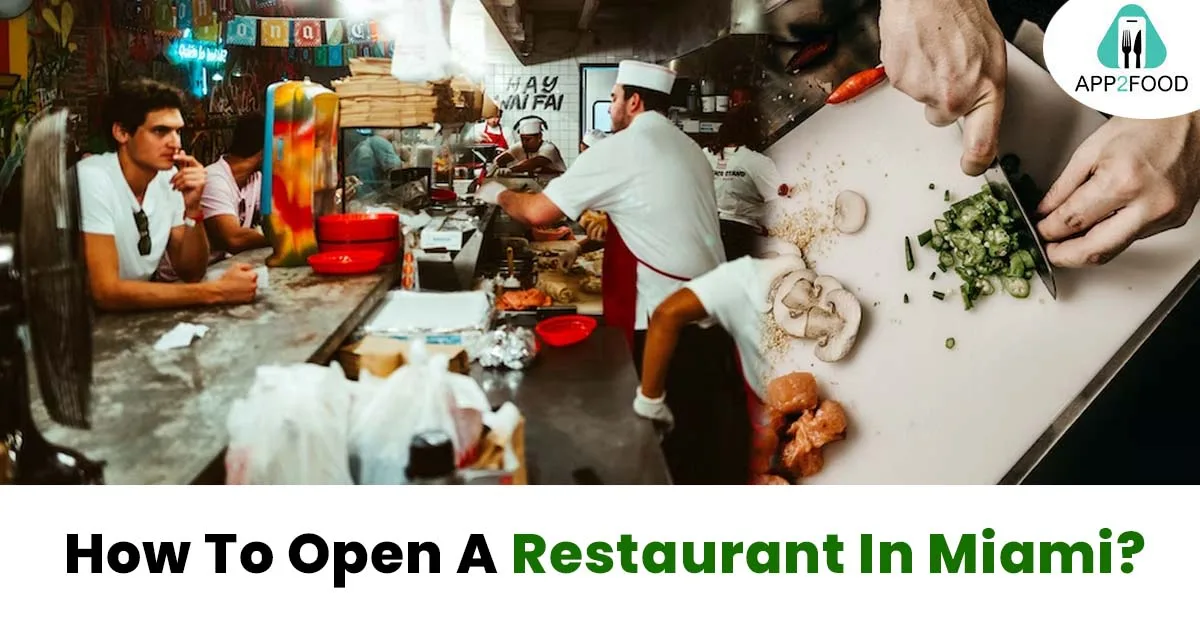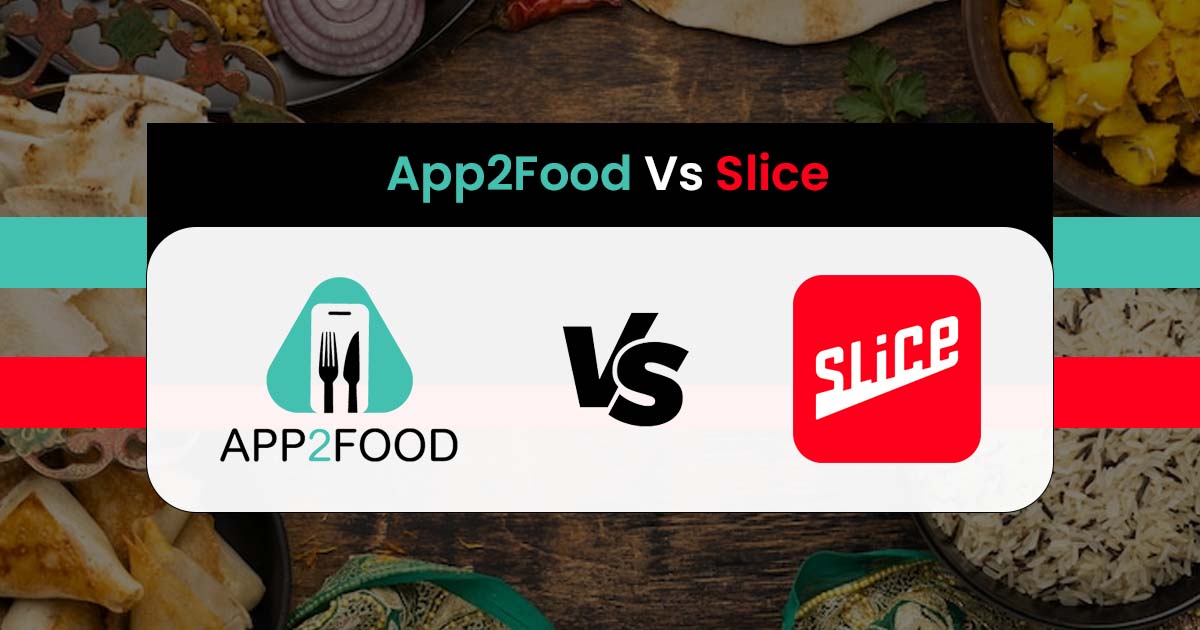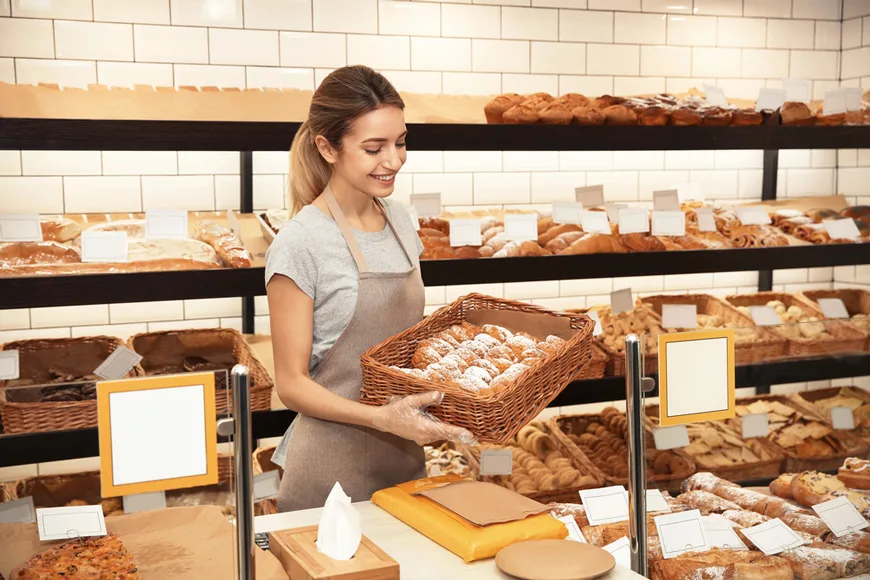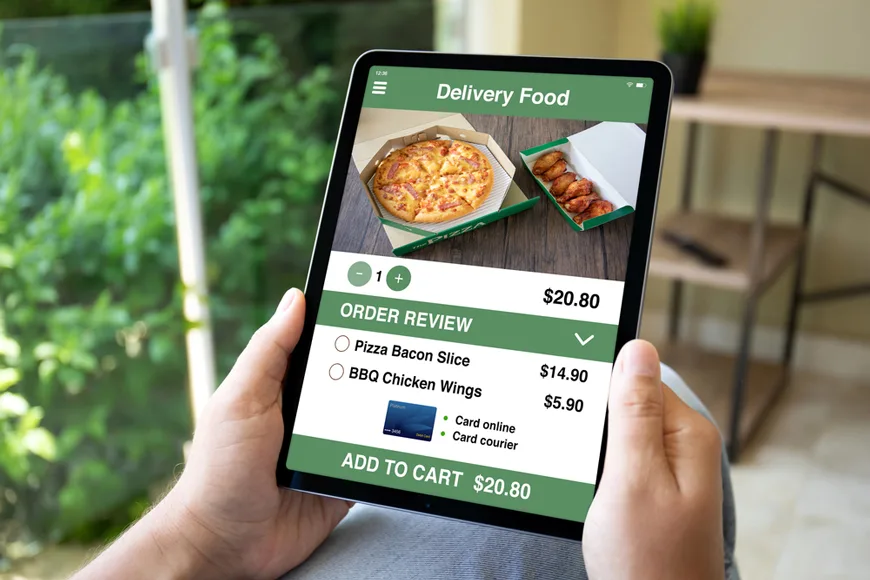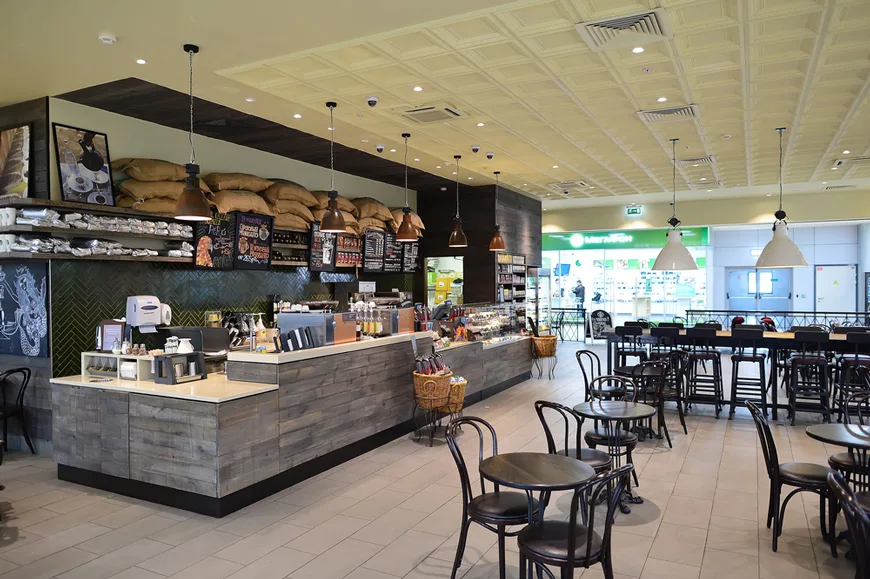Online ordering systems are also known as contactless table ordering. These systems have changed how the restaurant industry operates. The COVID-19 pandemic (2020–2021) significantly accelerated technology adoption. Many establishments that faced the pandemic’s challenges are now utilizing online ordering to rebuild and succeed in the market. A survey by Economix Consulting Group (ECG) highlights the...
The online food delivery industry continues to thrive as customers prioritize convenience, variety, and speed. The rapid growth in online ordering has transformed dining into a seamless digital experience. So, what do customers value most in an online food delivery service? Below are the features that attract consumers to restaurant delivery apps: Convenient Ordering: Thanks...
Miami is the jewel of Florida when it comes to serving tasty delicacies. The city’s hospitality industry is thriving, making it an attractive place to start a restaurant. However, competition is high, so developing a clear business plan, understanding customer demographics, securing legal permits, and choosing an ideal location are key steps. Here’s a detailed...
The global pandemic has accelerated technology adoption across restaurants, creating a strong digital ecosystem for businesses in food services. For many restaurants, investing in a branded app or listing on aggregator platforms was once out of reach due to high costs. Now, accessible online ordering systems like App2Food and Slice have made it easier than...
Turning your love for baking into a bakery business requires more than skill with an oven. It demands careful planning and strategic execution. This plan serves as the foundation of your business, laying out your vision, goals, and strategies for success. Writing a bakery business plan helps define your strengths, identify your target market, and...
Food delivery has become an important avenue for restaurants aiming to stay competitive and expand their customer base. As consumer demand for convenience grows, choosing between an in-house delivery system and partnering with a third-party food delivery service has become a defining decision for many restaurants. Each approach offers distinct benefits and drawbacks. Knowing these...
The food delivery industry has transformed how we think about dining. With apps becoming the preferred way customers order food, restaurants must adapt to this shift to stay competitive. Knowing how to make a food delivery app is important for businesses looking to succeed. A well-designed food delivery app redefines how businesses connect with their...
The food delivery industry is changing how people dine. What once required a trip to a restaurant now takes just a few clicks, delivering meals straight to doorsteps. This shift has unlocked exciting opportunities for restaurant owners and posed unique challenges. Customers expect quick service from browsing to delivery. Meanwhile, restaurants must balance maintaining food...
In the competitive landscape of the restaurant industry, retaining customers is key for long-term success. As new dining options emerge and consumer preferences shift, restaurants must find innovative ways to engage with their guests and foster loyalty. One highly effective strategy that many are adopting is restaurant SMS marketing. This method allows restaurants to communicate...
Expanding a successful restaurant into a franchise can be an exciting yet complex journey. The franchise model enables business owners to grow their brand without bearing all the costs of expansion themselves. By franchising, a restaurant owner allows other entrepreneurs to invest in and operate a location under the same brand, using the original restaurant’s...

